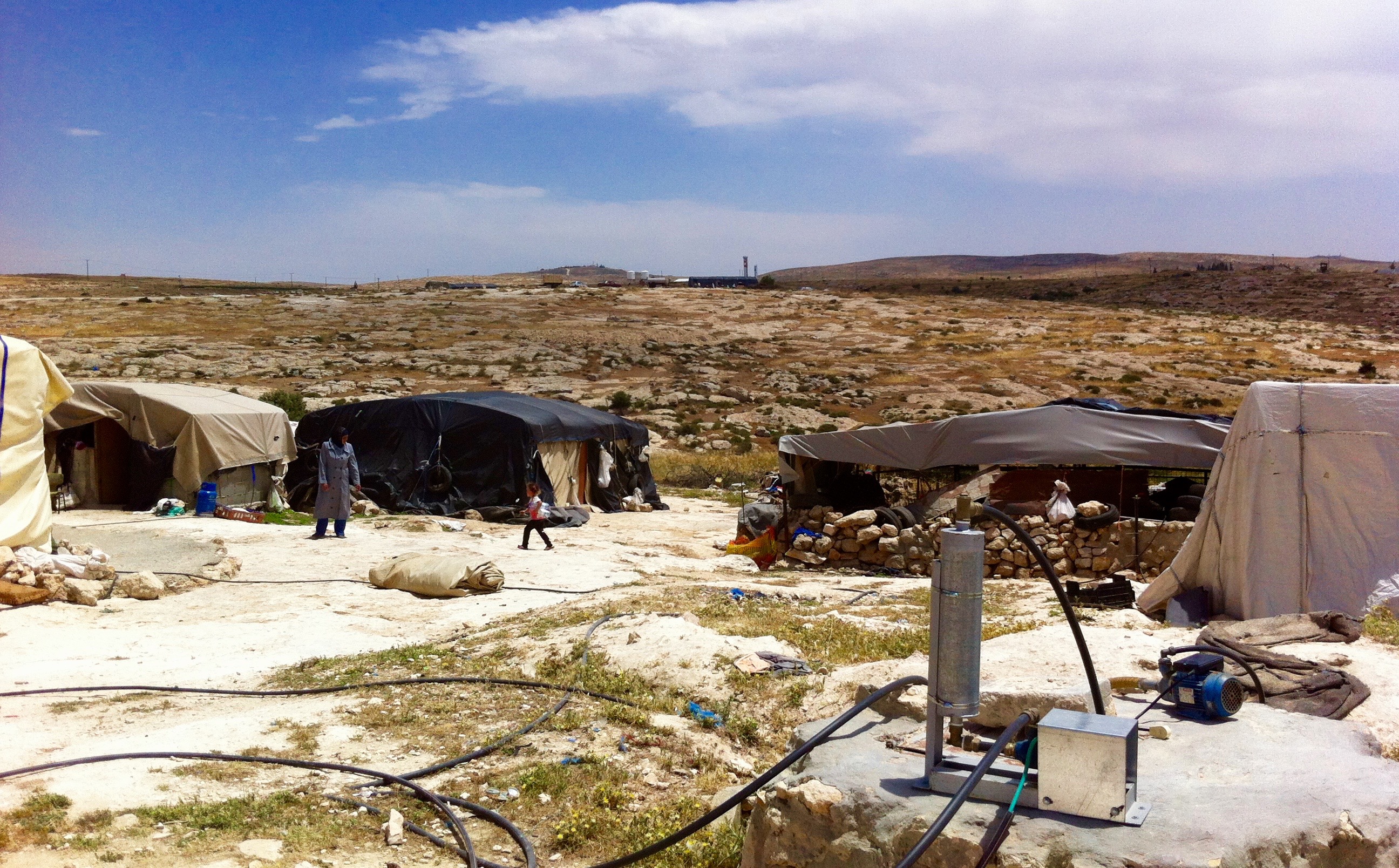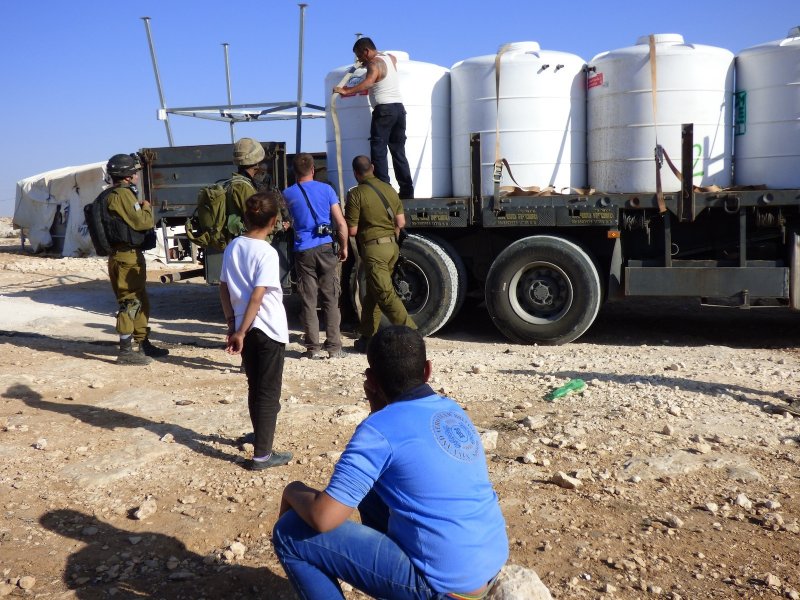Tag: Susiya
-
Action alert: Susiya village at high risk of demolition
11th May 2015 | Operation Dove | At Tuwani, South Hebron Hills, Occupied Palestine POPULAR STRUGGLE COORDINATION COMMITTEE AND POPULAR STRUGGLE COMMITTEE OF SOUTH HEBRON HILLS CALLS FOR INTERNATIONAL PRESENCE IN SUSIYA VILLAGE Where: Susiya Village, South Hebron Hills When: From now, permanently What: Popular Struggle Coordination Committee and Popular Struggle committee of South Hebron Hills…
-
Israeli forces seize a tractor, its truck, four water tanks, and three bases from Susiya village
22nd November 2014 | Operation Dove | Susiya, Occupied Palestine On November 20th, the Israeli forces seized a tractor, its truck, four water tanks and three tanks’ bases from the Palestinian village of Susiya. In the early morning DCO [District Coordination Office] officers approached the Palestinian village to take pictures of the ongoing works to install…
-
Palestinians dismantle illegal settler outpost
12th October 2014 | International Solidarity Movement, Khalil team | Susiya, Occupied Palestine Today Palestinians and international activists participated in a Palestinian village community action which involved reaching an area of their land which has been declared a closed military zone. The action also consisted of dismantling a new illegal settlement outpost built by settlers. Over…



